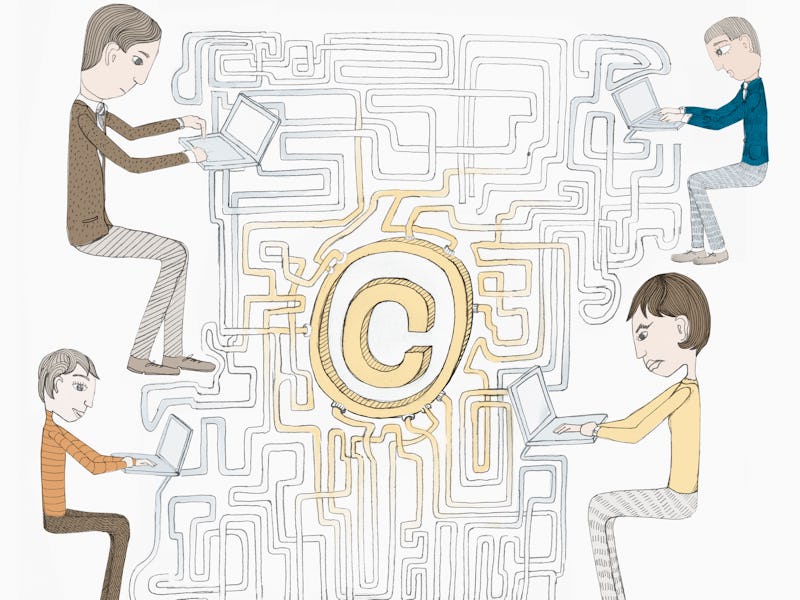How this design firm relied on human connection to succeed in a remote world
“It’s essential to create intentional, structured points of collaboration and connection.”

Design is an inherently collaborative process. Like many fields, it benefits from a team sitting around the table as well as small interactions in hallways and at the water cooler. For Rob Girling, co-founder and CEO of design firm Artefact, recreating inspiration in a remote environment has become his latest challenge.
“To succeed in a remote working context, it’s essential to create intentional, structured points of collaboration and connection,” the former Microsoft designer said. “Decisions and activities that were previously more free form and real time must now be planned ahead.”
Here’s how Artefact — founded in 2006 and whose clients have included Nike, Google, and Amazon — has adapted to remote work.
The change
“We’ve been more structured and intentional about how we collaborate, setting aside time for independent work, syncing as a team and asynchronous collaboration,” Girling said. “In particular, creating asynchronous opportunities for collaboration has allowed for greater transparency and trust with clients. Rather than forcing real-time feedback on a call, having a shared Miro board where clients are invited to join and contribute at their own convenience — and across time zones — helps both us and our clients see how each team is approaching challenges and provide feedback.”
He added, “Within the studio, small interactions like a coffee break or passing colleagues in the hallway are so important to maintaining morale and a sense of connection with colleagues. We’ve made it a priority to create these informal points of collaboration that do not naturally occur in the digital world. We continue to celebrate major milestones like work anniversaries and baby showers with gifts and virtual recognition. We engage in real-world activities together in a remote context, like sending recipe ingredients so we can all make the same cocktail or snack from home. We also use this opportunity to better understand the lives of colleagues, like our Artefact MTV Cribs night where we gave virtual home tours and got to meet each other’s families.”
How it benefited the company
“Nobody would have thought that getting a peek at our colleagues’ and clients’ homes and families would be as empathetic as it has been,” Girling said. “This more intimate look at each other’s lives has helped humanize relationships that can often feel transactional in the world of consulting. In addition, this vulnerability and shared new reality have also removed a level of hierarchy between boss/employee and client/consultant. With geographic and time barriers reduced, we’ve found clients are more willing to meet and engage with us. When we do engage in projects, we’ve been able to build trust -- one of our key company values -- within project teams and across client stakeholders, as evidenced by our world-class customer net promoter score of 80, a standout figure for our industry.”
Rob Girling is the co-founder and CEO of Artefact.
The challenges
“Moments of connection must make sense in a digital, remote context,” Girling said. “Simply transferring a three-day workshop or after-work happy hour onto a video call does not have the same effect. We have structured our research calls and client workshops to reflect our current work reality: shorter attention spans, video chat fatigue, and different availability. Asynchronous collaboration goes a long way to helping achieve great outcomes in a remote context.”
He added, “When it comes to studio morale, people engage in different ways and have different availability due to family and other obligations. We’ve come up with an internal calendar of different activities to help us stay connected in flexible ways that suit each person — from scheduling digital morale events at different times of day to hosting a postcard exchange for those who prefer to connect in a more analog way.”
5 tips from Girling to implement this change
5. “Leverage new opportunities. While a crisis closes many doors, it also opens others. Be on the lookout for new possibilities. For example, remote working opened up a whole new world to our field researchers, who can now reach more diverse groups of people and locations, improving equity in our participant groups. Similarly, we have shifted our recruiting mindset to work with talent from all over the world.”
4. “Be intentional but flexible. Creating a digital community — be it with clients or colleagues — won’t happen accidentally. Make it a priority to establish informal moments of connection that suit different schedules and personalities.”
3. “Don’t be afraid of asynchronous collaboration. Remote work won’t happen at the same time for everyone. Collaborating asynchronously allows for more transparency, closer engagement, and greater trust. We believe this kind of asynchronous collaboration is the future of knowledge work.”
2. “Embrace a more egalitarian business environment. We’re all human beings going through an extraordinary shared experience that is breaking down traditional hierarchies and bridging once-vast geographic gaps. Reach out to that moonshot client or mentor a more junior colleague. You’d be surprised how open people are to connecting and sharing their experiences.”
1. “Trust your team. Trust is one of our most important foundational values. Give your employees the space and agency to be flexible and make decisions as they see fit. Trust goes a long way in making your team feel valued, empowered, and able to do their best work — no matter the distance.”
This article was originally published on